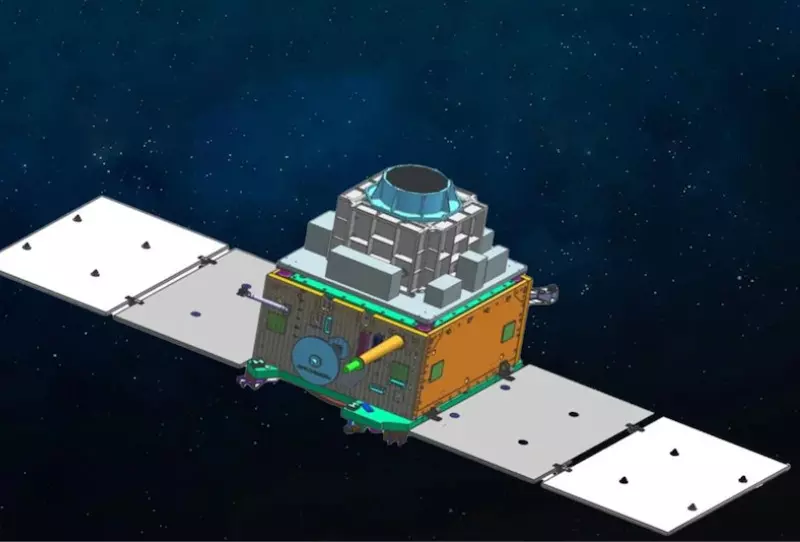TRENDING TAGS :
Exosat catches X-ray rays coming from remains of supernova explosion, satellite detects first astronomical source
The Indian Space Research Organization (ISRO) has said that the ExoSat satellite's payload SPECT (XSPECT) has detected X-ray rays coming from the remnants of the Cassiopeia A supernova explosion.
ExoSat, a polarimetric astronomical observatory sent to study black holes, neutron stars and galaxies, has detected X-ray rays coming from an astronomical source about 11 thousand light years away.
This is the first study of ExpoSat. The Indian Space Research Organization (ISRO) has said that the ExoSat satellite's payload SPECT (XSPECT) has detected X-ray rays coming from the remnants of the Cassiopeia A supernova explosion. The Cassiopeia A supernova explosion occurred in the 17th century.
ISRO has said that, while examining the instruments of Exposat, EXPECT caught X-ray rays coming from the remnants of this supernova explosion. During testing the expected payload was directed towards Cassiopeia A. Cassiopeia A is generally a standard astronomical source for testing such instruments.
ISRO has said that its observations began on January 5. During this time, the Expect payload captured emissions of elements such as magnesium, silicon, sulfur, argon, calcium and iron coming from the remains of the supernova explosion. This gives rise to confidence that this astronomical observatory is working brilliantly and will be able to detect many rare sources in the coming days.
Exposat has two payloads. One of these is the X-ray Polarimeter Instrument (POLIX) which will make astronomical observations in the 8 to 30 keV energy band. This payload will focus on polarization of X-ray rays. At the same time, Expect has spectroscopy and timing payload. It has been developed by Professor UR Rao Satellite Center based in Bengaluru.
ISRO has said that this satellite will be able to detect X-ray sources coming from space. The scientists will also get information about which celestial body these X-rays are coming from. In addition, Black will help to study the mysterious world. It will also help in understanding neutron stars (parts left after the explosion of a star), the nucleus present in the galaxy. ISRO had launched Exposat on January 1 this year. This mission has been sent on a five-year mission.



